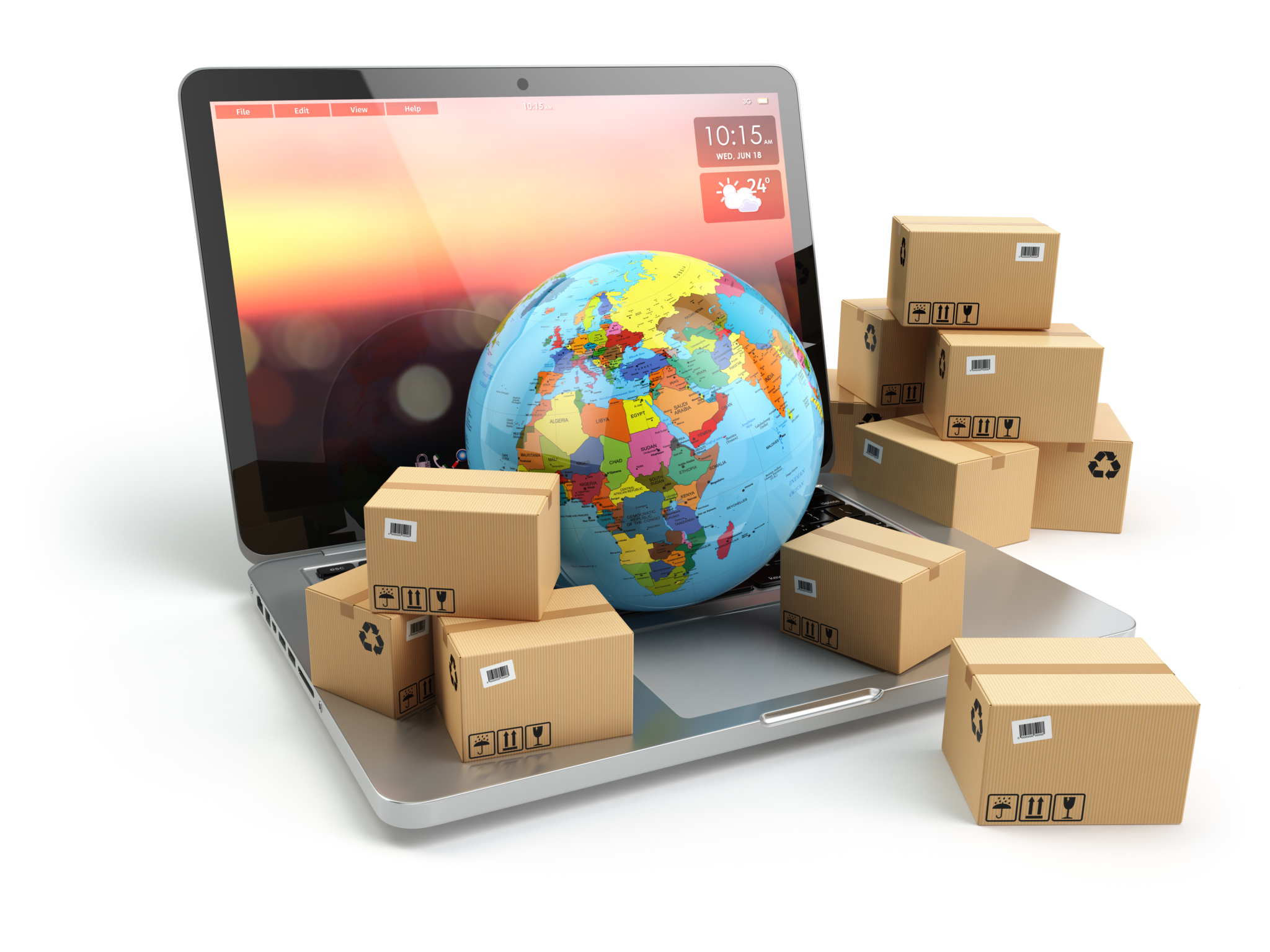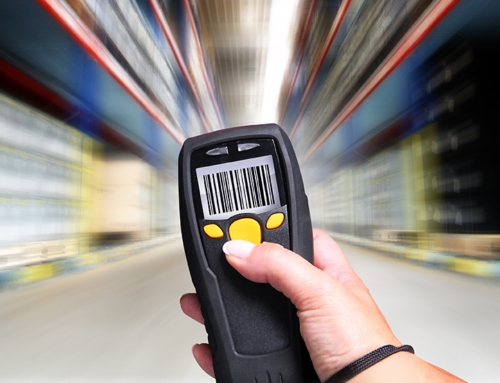With consumer confidence up and economic recovery in full swing, retail sales are way up—and rising, according to data from the U.S. Census Bureau.
This is great news for businesses everywhere, but it does create a very real risk that the monumental growth of eCommerce is going to lead to a serious stress on customer relationships when some of those sold products need to be returned because they’re the wrong size, wrong color or just plain wrong.
Specialized Technology for Reverse Logistics
Many companies continue to handle returns management through their outbound shipment teams, which can lead to massive problems since those systems aren’t really set up for going in reverse. Instead of trying to feed your returns back into your process backwards, you’re better off partnering with a dedicated returns reverse logistics team for handling returns.
Although your returns processes will have to be your own based on what you sell, there have already been a number of successful models to draw from. For example, data-driven Rent the Runway thrives on a logistics process built from scratch. From the moment they receive a rented dress at their facility, they’re able to dry clean it, package it and send it back out to another subscriber. Their smart returns management process makes it easy enough to do this with almost no errors and with the sort of speed that could increase the value of your merchandise returns exponentially.
Returns Management for all eCommerce Businesses
This $250 million company isn’t the only one succeeding at returns management, though—you could be next. With a solid data center to help sort in-bound returns and ensure they’re opened in a timely manner and an inventory system that can move products ready for sale seamlessly back to the warehouse, you’ll preserve the value of your merchandise by getting it back into your online catalog or onto your sales floor faster than ever before, which is absolutely crucial for your success with reverse logistics.
It takes more than just manpower to run a successful returns management system. You need tools, and lots of them. Powerhouses for data manipulation, barcode scanners to track products as they move through your intake process and back toward your warehouse, systems to ensure that products closer to expiration are flagged so they’re picked before products with lots of shelf life remaining, and even a system to deal with products that can’t be sold are all necessary for a really successful reverse logistics center. Investment in the right kinds of technology—or with the right returns management partner—can more than pay for itself when you’re able to resell returns instead of having to write them off.






Leave A Comment